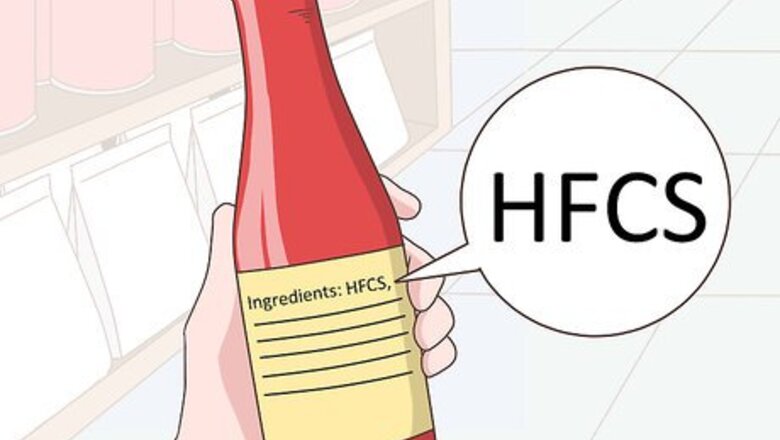
views
Making Healthy Food Choices

Read food labels. Before you buy anything at the grocery store, quickly look over the label and see if HFCS is listed in the ingredients. If you see HFCS, pick out an alternative brand of the same food without it. This may take you a while on your first few shopping trips, but soon you’ll figure out which brands to buy and which ones to avoid. Some brands may advertise “no high fructose corn syrup” on the package, only to have it listed in the ingredients under a different name. HFCS is also called: corn sugar, maize syrup, glucose syrup, fructose syrup, isolated fructose, and crystalline fructose.
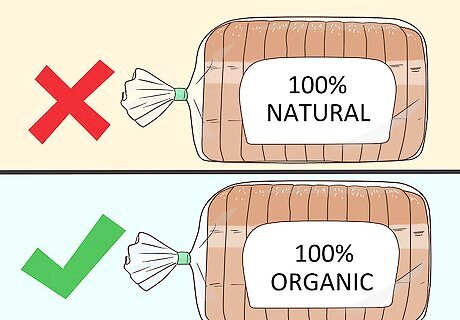
Be selective when buying “natural” or “organic.” The word “natural” can be placed on a wide variety of foods containing HFCS, as the Food and Drug Administration (FDA) doesn’t regulate the label. Even a food labeled “100% organic” may contain organic HFCS, so it is important to always examine the ingredient and nutrition facts labels. You’ll usually spend a bit more to get HFCS-free organic foods, but the peace of mind is well worth it. To find organic produce in your local grocery store you may need to go toward aisles set aside in a health food area. Many breads tout their “whole grain” status as a way to hide their inclusion of HFCS and harmful chemicals. Whole grain items are usually the best choice, but they are not all equal in quality.
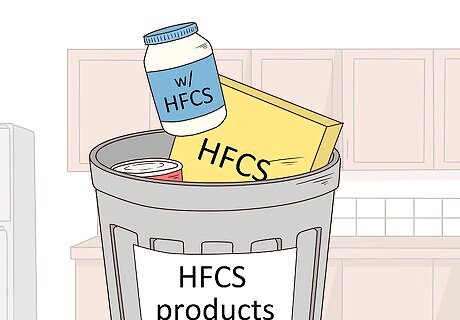
Do a pantry purge. Go into your kitchen, open up your pantry, and look at the nutrition label for each food item that you own. Have a trashcan nearby and toss any foods with HFCS into it. Keep going until your pantry is “clean.” Then, head out to the store to buy non-HFCS foods to replace your stock. If you aren’t comfortable throwing away the food outright, you can always donate it to a food bank. However, that could also be considered just passing the nutrition problem along. It’s your call.

Go for fresh foods, instead of canned or frozen. Canned fruit is convenient, but it is stripped of its fiber during processing. A piece of whole fruit can give you a fiber boost along with the sweetness of natural sugar. Exchange canned items, such as premade pasta sauce, for healthier options, like making your own sauce out of fresh tomatoes.
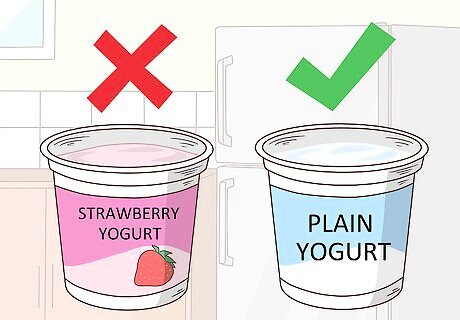
Go with plain foods. Choose basic vanilla yogurt, steel-cut oatmeal, and other foods without sauces or toppings. HFCS often hides in fruit toppings in otherwise healthy food options, like yogurt. By adding your own fresh fruit, such as strawberry slices, you can control the portion sizes as well. For example, some sweetened yogurts contain over 40 grams (1.4 ounces) of sugar, including HFCS. Don’t forget spices when adding flavor to plain foods. Cinnamon, ginger, and even pepper are all good options.

Buy higher quality sweets. If you have a bit of a sweet tooth, that is okay. Just buy candies and treats made under the highest production standards, even if they are imported. They may be more expensive, but counteract this by allowing yourself only one small piece as an occasional treat.
Making Substitutions

Use fruit as a sweetener. Choose your favorite fruits, such as bananas, and incorporate them into foods that normally would contain extra sugars or HFCS. Mix banana slices into your steel-cut oatmeal or into plain, vanilla yogurt. Dates or bananas can also substitute for sugar in many baked recipes. Regular table sugar is another option. However, still try to use any sweeteners, even natural ones, in moderation.
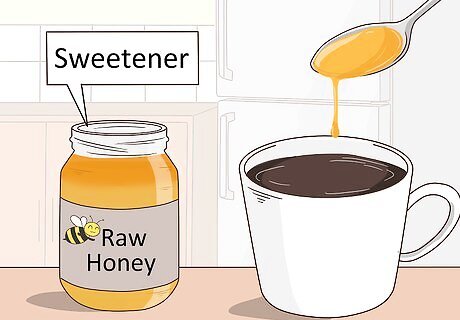
Choose honey as a sweetener. Buy some raw honey at your local farmer’s market or specialty grocery. Add it into foods 1 teaspoon (5 ml) at a time to sweeten them up. Not only will you get the flavor, you’ll get antioxidants and essential nutrients, like vitamin B6.

Pack healthy snacks. To keep yourself from reaching for that HFCS-filled candy bar, pack some fruit slices in your bag for the day. Or, get a small container of hummus and some pre-cut carrot sticks. Not only will you avoid the negative effects of HFCS, you’ll get a boost of vitamins and nutrients.

Make your own salad dressing or other condiments. Many salad dressings advertise themselves as “low-calorie” or “low fat” and then compensate for the missing flavor by adding in HFCS. Create your own dressing by mixing together some olive oil, pepper, lemon juice, and balsamic vinegar. Experiment with recipes for other condiments too, like ketchup, barbeque sauce, mayo, or mustard. Watch your portion sizes with condiments as well. A single tablespoon of barbecue sauce can cost you upwards of 5 grams (0.18 oz) of sugar or HFCS.
Staying Away from Problem Foods

Avoid canned or bottled beverages. Sports drinks, sodas, and flavored teas or lemonades are usually packed to the brim with HFCS. Be wary when choosing diet or “zero” drinks as well, since they often contain artificial sweeteners. If you must get your soda fix, buy drinks from bottlers who’ve chosen to use only natural cane sugar. Check the Passover section of your supermarket. Some soda companies produce a sugar/sucrose-based version of their products around Passover for Jews who are restricted by custom from eating corn during this time.
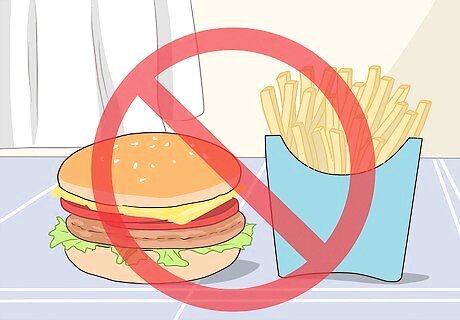
Avoid fast food. HFCS is hidden throughout many different types of fast food to increase flavor. Aside from the obvious areas, like sweets, you’ll also find HFCS in burgers, chicken patties, and other surprising foods. Eat foods made from natural ingredients at home to control what goes into the final product.

Avoid boxed or prepackaged meals. It’s good that you are trying to eat at home, but don’t make the mistake of taking the easy route with boxed meals. If HFCS is not in the main part of the meal, such as the pasta in boxed macaroni and cheese, then it is likely in the sauce packet. If you are looking for a meal shortcut without HFCS, buy precooked main dishes, like roasted chicken, from your local deli.
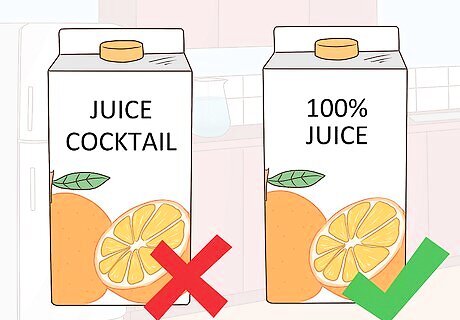
Choose 100% juice over juice cocktails. With pure juice drinks you’ll get natural sugars, whereas cocktails are often packed with HFCS and other artificial ingredients. It’s still a good idea to limit the amount of juice that you drink overall. As an alternative, pick up a piece of whole fruit and get the fiber benefits.
Use caution when buying breakfast cereals and granola bars. Some granola bars actually have more sugar than their chocolate counterparts. Try replacing a sugar-filled cereal with steel-cut oatmeal instead.




















Comments
0 comment